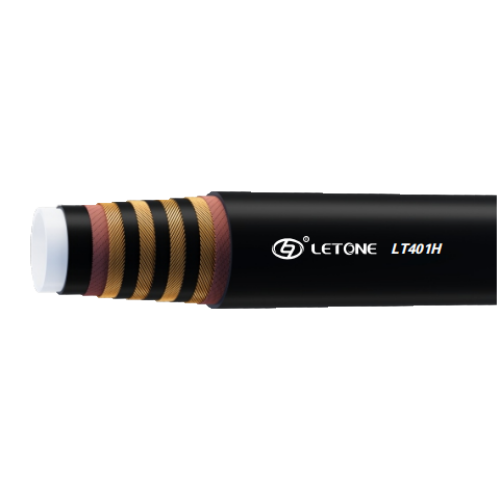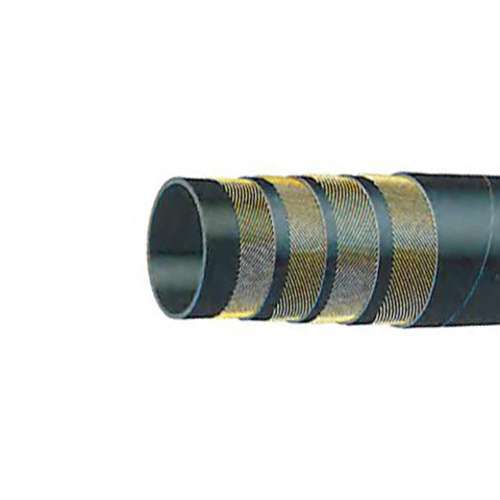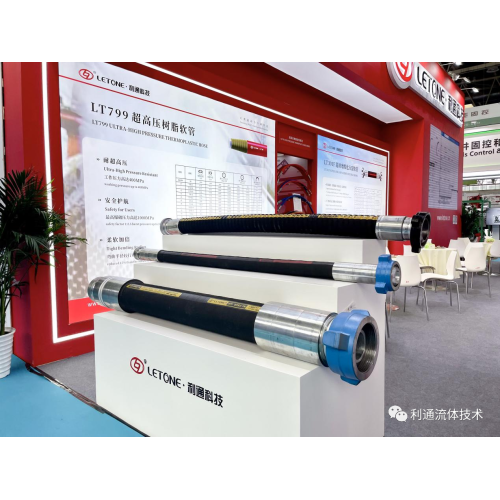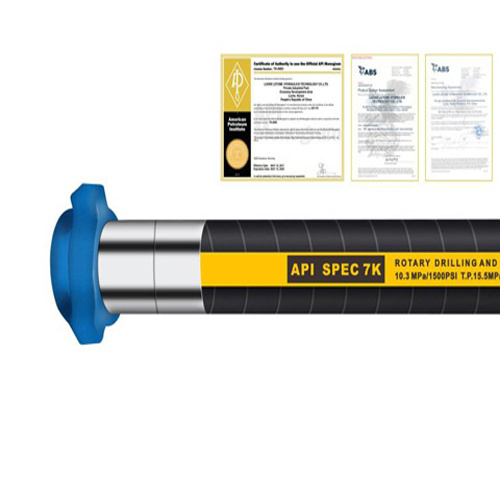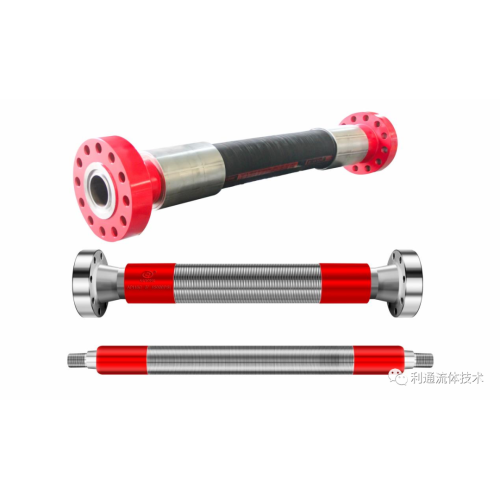With regard to different hydraulic equipment and equipment, their hydraulic transmission system is not the same, but the fundamental working principle of hydraulic transmission is the same. Take the hydraulic jack shown on the left as an example to introduce its operating principle. In the figure, the inside of two hydraulic cylinders 5 and 3 are respectively equipped with a spit plug 6 and a small piston 2. When the manual lever 4 is lifted upwards, the small piston is lifted by the trunnion, so that the volume of the lower cavity of the small cylinder 3 is increased. When the pressure in the chamber decreases, a partial vacuum is formed. The oil in the fuel tank pushes the check valve 1 into the lower chamber of the small cylinder under the effect of the atmospheric pressure, and completes an oil suction operation. When the lever 4 is depressed, the small piston moves downwards, the sealed volume of the lower chamber of the small cylinder decreases, and the pressure in the chamber increases. At this time, the one-way valve 1 is closed, and the pressure oil lower chamber of the small cylinder opens the one-way valve 7 into the large person. The lower chamber of the cylinder 5 advances the large piston stock moving weight and rises a certain distance together. By repeatedly pushing the manual lever 4 repeatedly, the heavy object can be continuously raised to reach the lifting intention.
If the shut-off valve 8 is opened, the oil in the large cylinder flows back to the tank under the effect of the weight itself, and the big piston falls back to the original position.
Analysing the working process of the hydraulic jack, we can see that the small hydraulic cylinder 3 and the one-way valves 1 and 7 complete the oil absorption and oil discharge together, and convert the mechanical energy of the lever into the pressure energy output of the oil, which is called a manual hydraulic pump: a large hydraulic cylinder 5 will The pressure of oil can be converted into mechanical energy output, which is called lift cylinder. In general, hydraulic transmission relies on the pressure energy of the liquid in the change of sealing volume to complete the movement and power transmission. Hydraulic transmission equipment is essentially an energy conversion device. It first converts mechanical energy into hydraulic energy that facilitates transportation, and then converts hydraulic energy into mechanical energy to do useful work.

